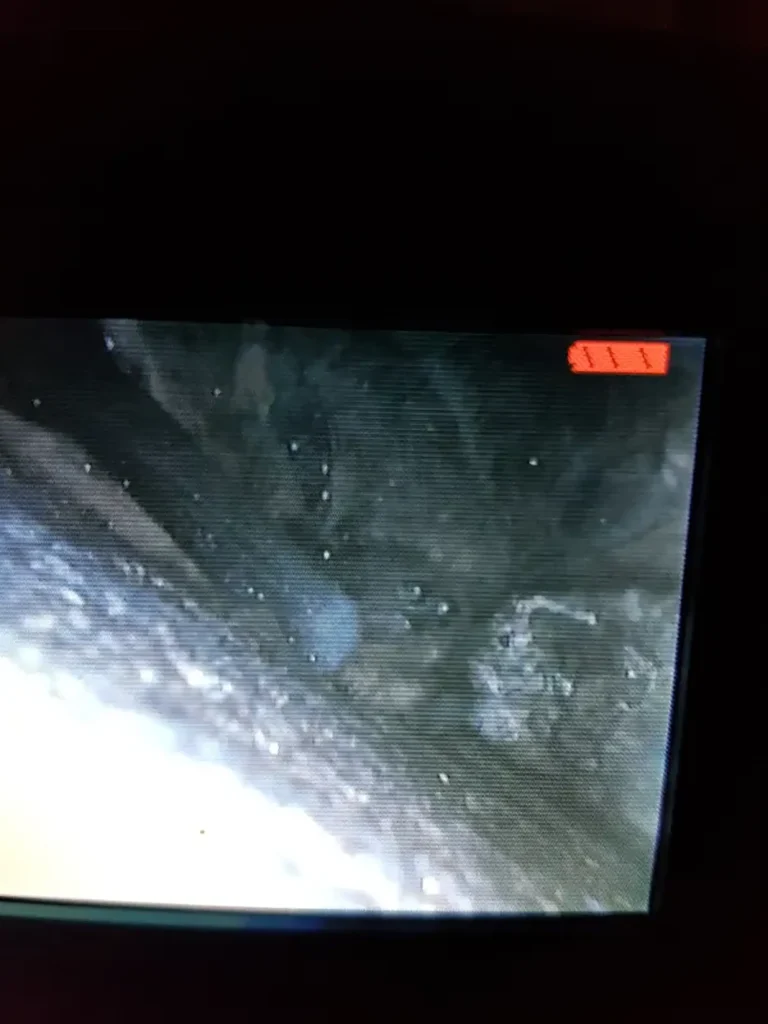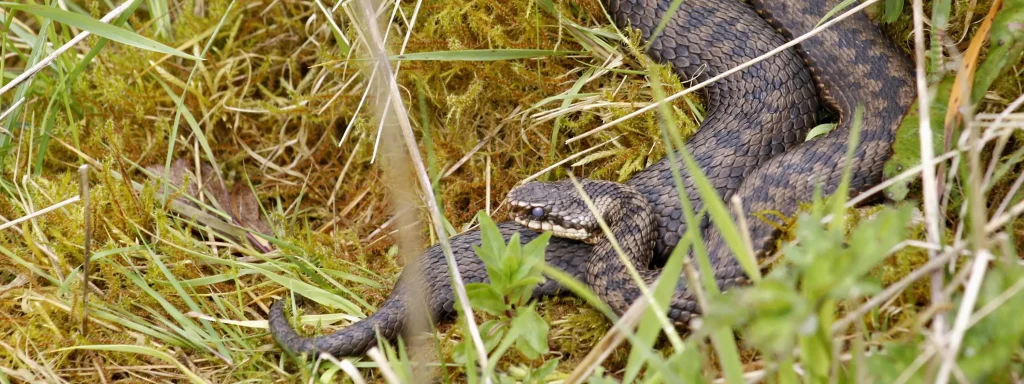Continuing from last month’s post, here’s a few of the surveys we can do in February. Another quieter month for ecology surveyors, but that doesn’t mean we’re sitting inside hibernating (even if we may wish we were!)
Badger Survey
February sees the start of the badger survey season as they start to become more active following the January lull. Signs of badgers including foraging “snuffle holes”, latrines, push-throughs, paths, and setts can be easy to spot at this time.
Bat Surveys
As in January, we still can’t kick off the night time dusk/dawn bat surveys. February is usually a little milder than January, so it’s not considered the ideal month for conducting bat hibernation checks. However, on the coldest days these can still be completed. We can, of course, still conduct bat preliminary roost assessments too.

Bird Surveys
February is still within the peak time for wintering bird surveys. During these surveys, we look for mostly migrant species which are spending the winter period here.
Great Crested Newts
Just like in January, February can be a good time to identify any ponds and complete Habitat Suitability Index studies. The results of this can be used to determine what the best option for surveys is during March and onwards.

Otter Surveys
Surveying for otter can be completed at any time of the year. However, as in January, melting snow and heavy spring rains can mean that watercourses flow in spate and obscure evidence of otters. Best to try and delay until better weather conditions.
Pine Marten and Red Squirrels
Pine marten (Martes martes) and red squirrel (Sciurus vulgaris) surveys can both be done year-round, though in winter months signs may be easier to spot because vegetation has mostly died back and deciduous trees have dropped leaves making it easier to spot dreys or dens. Sightings of animals at baited camera traps is also more likely as harsh winter conditions can make foraging difficult for these species.

Preliminary Ecological Appraisals
February, much like January, is outwith the optimum season for completing a preliminary ecological appraisal (PEA). However, with a precautionary approach these surveys can still be completed. Though with vegetative die back over the winter, these surveys risk needing targeted phase 1 ground-truthing or invasive species surveys being recommended for the summer months.
Reptile Surveys
Adders (Vipera berus) will be starting to sir around the country in February, but it’s still not a good time to search for these cold-blooded guys just yet. Though we can still check for habitat suitability and determine the need for further work during the summer.

Get in Touch
If you have a site needing any form of ecological appraisal EP Ecology has in-house expertise combined with a network of associates who can deliver your ecology survey needs, check out the services we provide or use the form below to get in touch and we’ll see what we can do for you.
